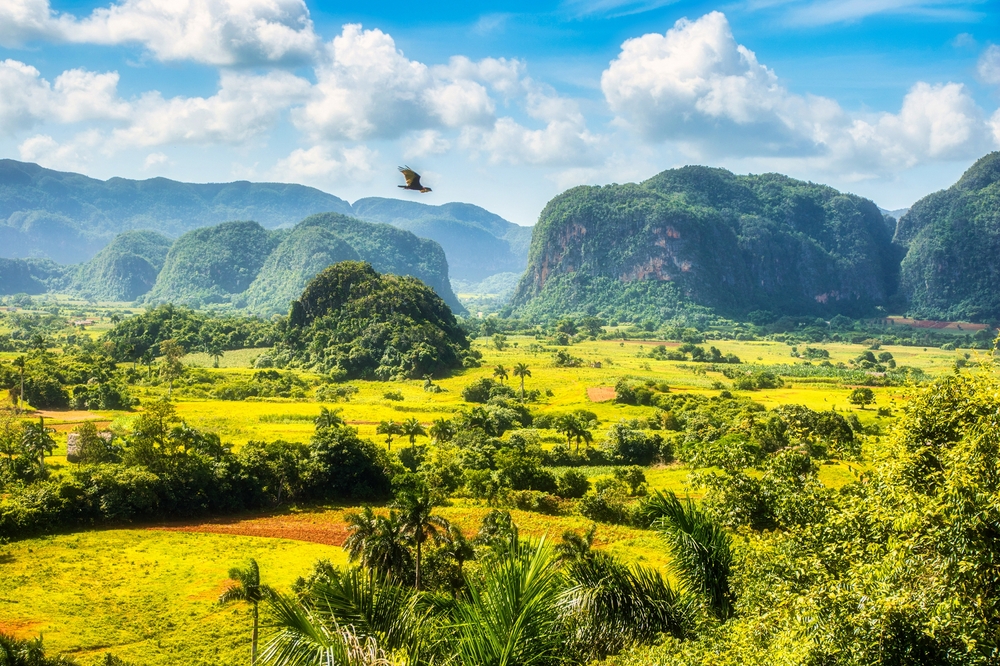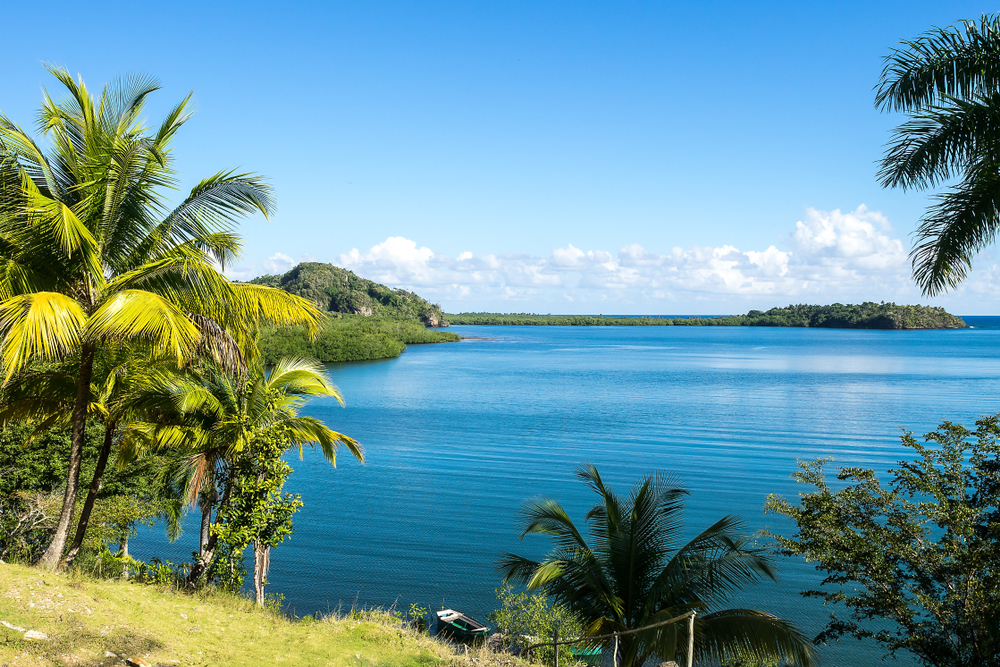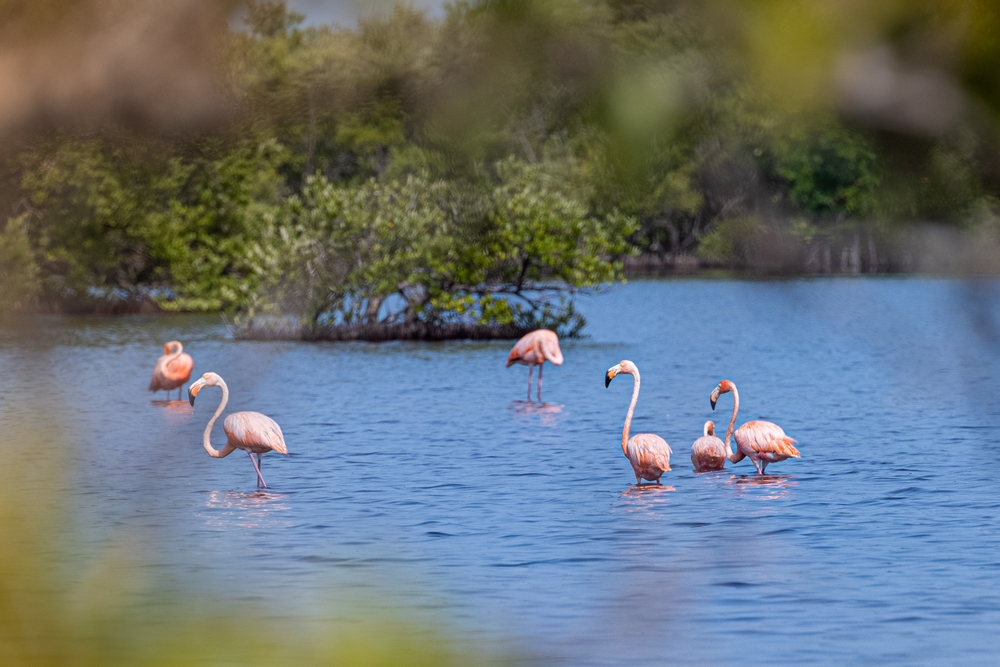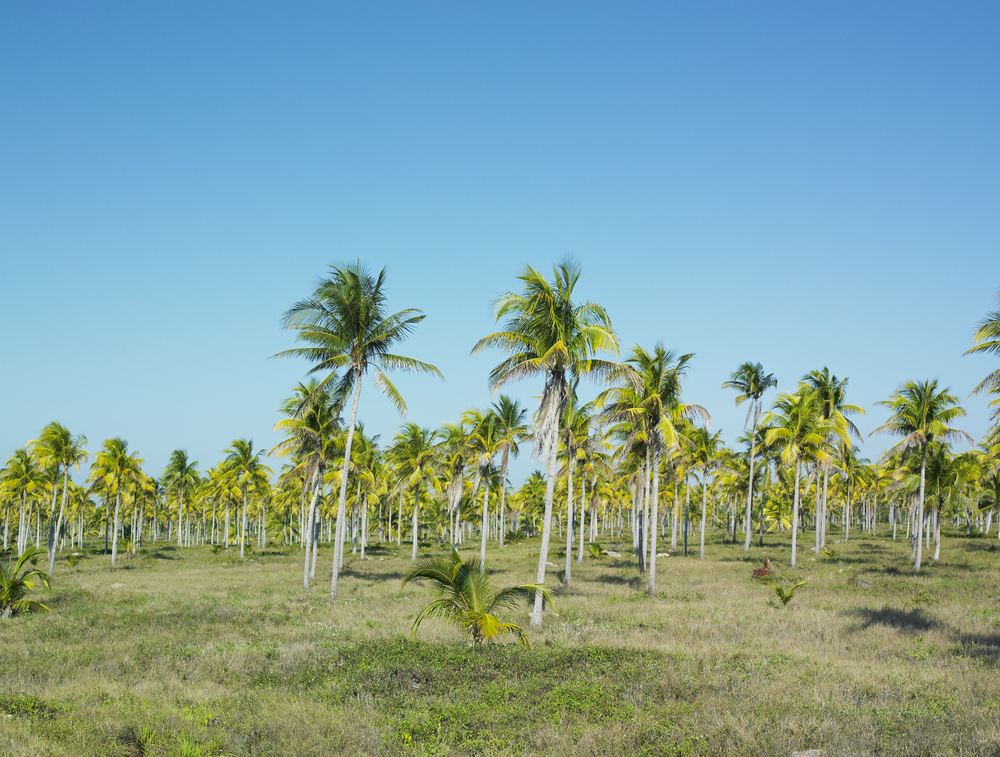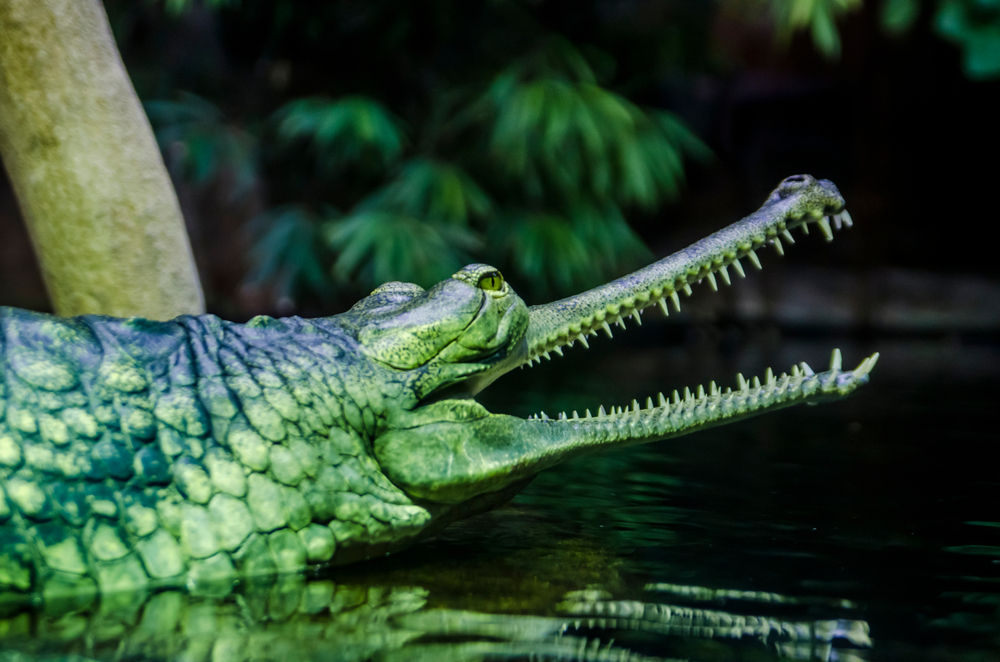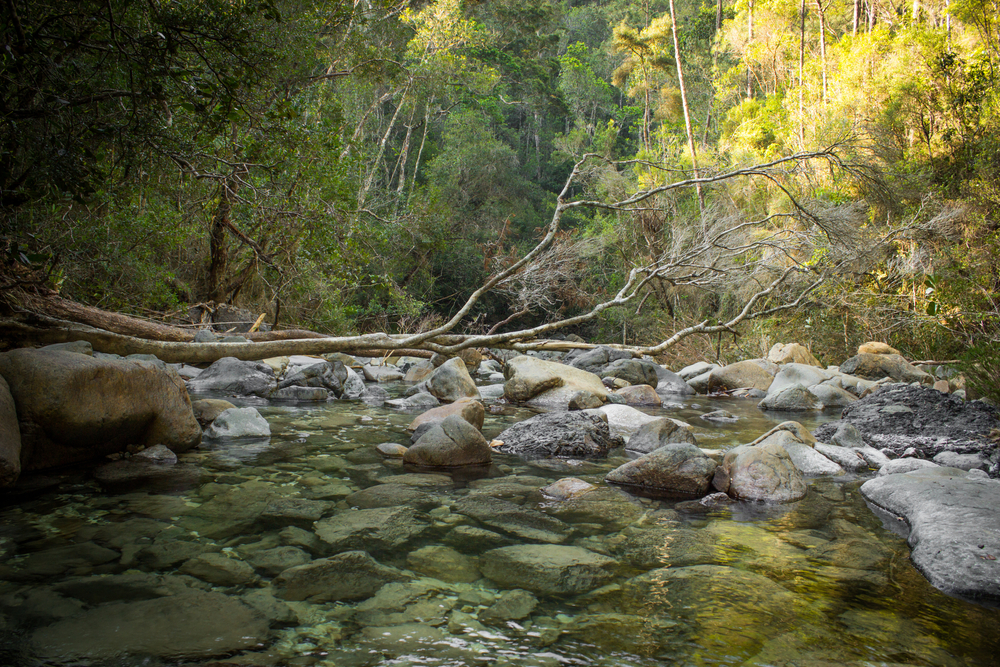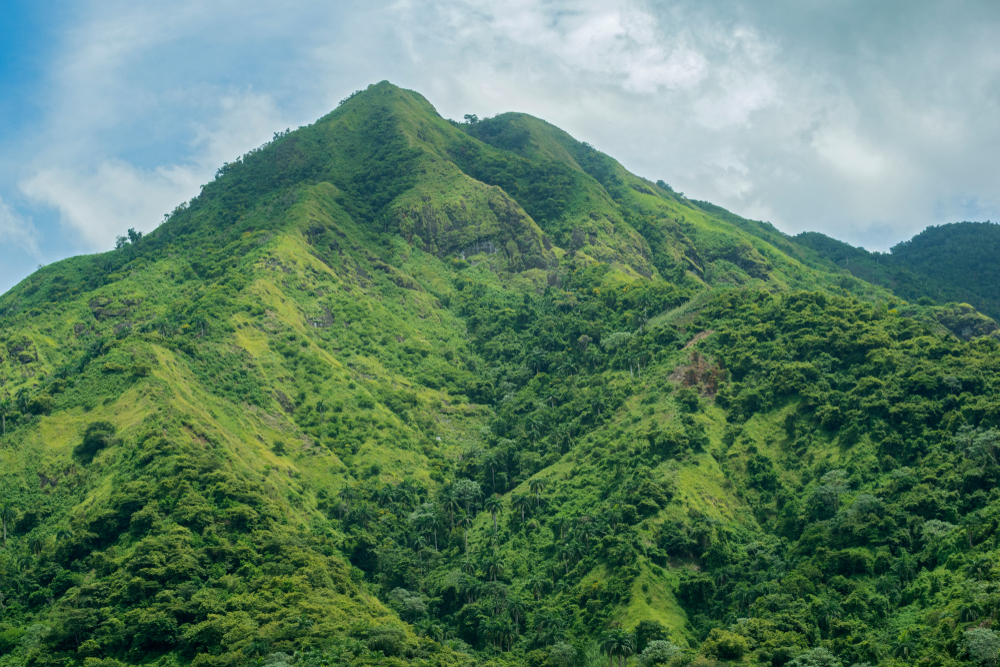Vinales Overview
Viñales National Park, known locally as Parque Nacional Viñales, is a protected area in western Cuba, situated in the Pinar del Río Province. Spanning approximately 51.8 square miles (134.9 square kilometers), the park is a UNESCO World Heritage Site recognized for its stunning karst landscapes, rich biodiversity, and cultural significance.
It is part of the Sierra de los Órganos mountain range, a subrange of the Guaniguanico Cordillera, and is particularly famous for its mogotes, large limestone hills with steep, rounded sides that rise dramatically from the valley floor. These unique geological formations, some of which reach heights of 984 feet (300 meters), were shaped over millions of years by erosion.
The park also features extensive cave systems, such as Cueva del Indio and Cueva de Santo Tomás, the latter being the largest cave system in Cuba, stretching over 28 miles (46 kilometers) of underground passages. The Viñales Valley itself is characterized by lush green landscapes, tobacco fields, and traditional farms, where techniques for growing and harvesting tobacco have remained unchanged for centuries.
The terrain of Viñales National Park is a mix of valleys, hills, caves, and underground rivers, offering a diverse range of ecosystems. The region’s fertile red soil supports a variety of vegetation, including royal palms (Roystonea regia), the national tree of Cuba, and endemic plant species such as Microcycas calocoma, an ancient cycad dating back to the Jurassic period.
The humid tropical climate fosters a lush landscape, with dense forests covering the mogotes and lower valley areas filled with cultivated fields and meadows. Orchids, ferns, and bromeliads thrive in the park, particularly in the more shaded and moisture-rich areas near the caves and limestone cliffs.
Wildlife in Viñales National Park is equally remarkable, offering visitors the chance to encounter numerous bird species and endemic animals. The park is a haven for Cuban trogons (Priotelus temnurus), Cuba’s national bird, with its striking red, blue, and white plumage.
Other notable avian species include Cuban todies (Todus multicolor), Cuban solitaire (Myadestes elisabeth), and bee hummingbirds (Mellisuga helenae), the world’s smallest bird. The area is also home to several species of bats, lizards, frogs, and butterflies, many of which are endemic to Cuba. Among mammals, the Cuban hutia (Capromys pilorides) is commonly found, along with smaller rodents and nocturnal species inhabiting the caves.
One of the park’s most popular attractions is the Mural de la Prehistoria, a massive, colorful rock painting stretching 394 feet (120 meters) wide on the side of a mogote. Created in the 1960s, the mural depicts the evolutionary history of the region. Visitors also enjoy exploring Cueva del Indio, where boat tours navigate an underground river, revealing striking rock formations.
For adventure seekers, the Santo Tomás cave system provides spelunking opportunities, while rock climbers are drawn to the limestone mogotes for some of the best climbing routes in the Caribbean. Hiking trails, such as those leading to Los Acuáticos or the Valle del Silencio, allow visitors to experience the park’s natural beauty and cultural heritage up close.
The conservation efforts in Viñales National Park focus on protecting its fragile limestone formations, biodiversity, and traditional farming practices. Sustainable tourism initiatives aim to balance ecological preservation with the needs of local communities, who rely on agriculture and tourism for their livelihoods.
Challenges include deforestation, soil erosion, and the impact of increasing visitor numbers. However, the park’s UNESCO status has helped bring attention to conservation efforts, leading to better resource management and eco-friendly tourism strategies.








































































